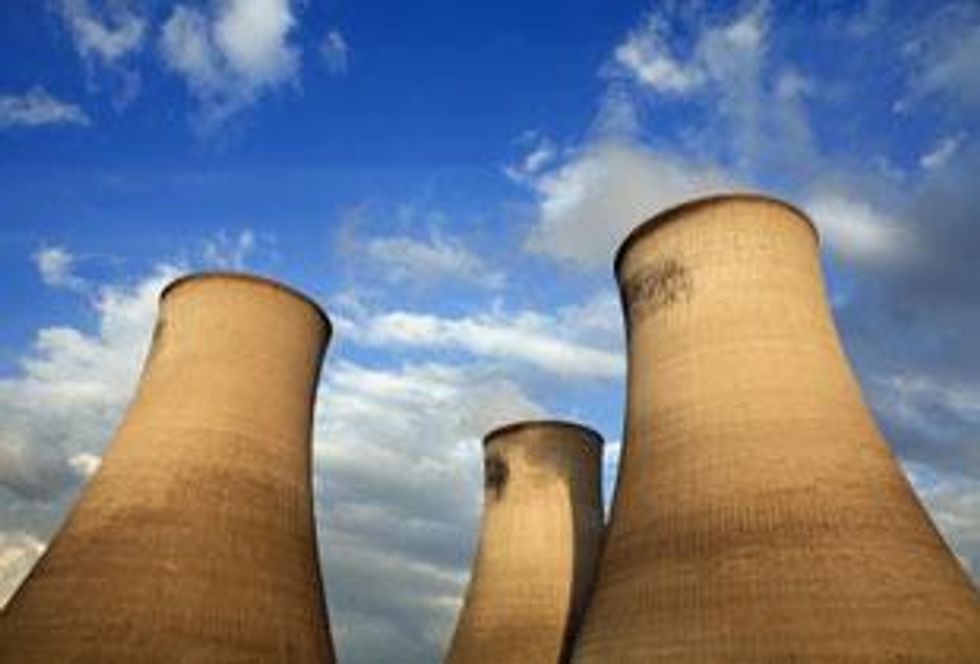- AustraliaNorth AmericaWorld
Investing News NetworkYour trusted source for investing success
- Lithium Outlook
- Oil and Gas Outlook
- Gold Outlook Report
- Uranium Outlook
- Rare Earths Outlook
- All Outlook Reports
- Top Generative AI Stocks
- Top EV Stocks
- Biggest AI Companies
- Biggest Blockchain Stocks
- Biggest Cryptocurrency-mining Stocks
- Biggest Cybersecurity Companies
- Biggest Robotics Companies
- Biggest Social Media Companies
- Biggest Technology ETFs
- Artificial Intellgience ETFs
- Robotics ETFs
- Canadian Cryptocurrency ETFs
- Artificial Intelligence Outlook
- EV Outlook
- Cleantech Outlook
- Crypto Outlook
- Tech Outlook
- All Market Outlook Reports
- Cannabis Weekly Round-Up
- Top Alzheimer's Treatment Stocks
- Top Biotech Stocks
- Top Plant-based Food Stocks
- Biggest Cannabis Stocks
- Biggest Pharma Stocks
- Longevity Stocks to Watch
- Psychedelics Stocks to Watch
- Top Cobalt Stocks
- Small Biotech ETFs to Watch
- Top Life Science ETFs
- Biggest Pharmaceutical ETFs
- Life Science Outlook
- Biotech Outlook
- Cannabis Outlook
- Pharma Outlook
- Psychedelics Outlook
- All Market Outlook Reports
In a demonstration of the current administration’s commitment to promote the United States nuclear industry, the Department of Energy announced a new funding initiative for manufacturing small modular nuclear reactors in the US.
By Dave Brown – Exclusive to Uranium Investing News
Last Friday, the United States Department of Energy announced a new funding initiative for manufacturing small modular nuclear reactors in the US. The objective of the draft Funding Opportunity Announcement (FOA) is to permit agreements with private industry to share costs on the design and licensing of small modular nuclear reactors. The draft FOA is a working document soliciting input from industry to promote leading edge design certification, licensing and engineering.Mitigating environmental and public safety threats
At approximately one-third the size of nuclear power plants currently operating in the US, small modular reactors can be advantageous in diversifying safety and environmental risks. Many larger nuclear power plants have active safety features that require human interaction to function properly. Small modular nuclear reactors are often designed to employ passive safety features engineered to work on physical laws. These inherent safety features often require fewer moveable parts to operate safely. Small modular nuclear reactors are also manufactured in factories and then transported to sites which reduce constraints on capital and construction times. Smaller sizes also improve the adaptability for utilities to scale for different electric grids and situations that would not otherwise demand large reactors.
Academic support for governmental energy policy initiative
The Energy Policy Institute at the University of Chicago published a report last December concluding that small modular reactors might be critical in future nuclear power generation in the United States. The report evaluated the economic feasibility of traditional large scale nuclear power reactors compared with smaller modular nuclear reactors with generating capacities of 600 megawatts or less.
According to a separate report it would cost an estimated $4,210 per kilowatt to build a new large scale reactor which is approximately $2,210 per kilowatt higher than an earlier estimate from 2004. This material change is primarily because of commodity price increases which now represent significant project cost inflation within seven years.
Opportunity for the nuclear industry to adapt to change
A large impediments for the nuclear power industry in the United States has been the extensive time and cost to build a nuclear plant and the expected delay until revenue generation was realized. Small modular nuclear reactors effectively underscore factory construction efficiency within a compressed timeframe. Small modular nuclear designs at an advanced stage of development in the United States include NuScale Power’s 45 megawatt NuScale reactor, which is envisaged as being clustered in modules of 12 to form a power plant of around 540 megawatt, and Babcock & Wilcox’s (NYSE:BWC)160 megawatt mPower.
Westinghouse has developed a small modular nuclear reactor with passive safety systems and reactor internals including fuel assemblies based closely on those in the AP1000. In December the Nuclear Regulatory Commission officially certified Westinghouse Electric’s AP1000 standard nuclear reactor design.
Multiple reactor units already deployed in China
China’s State Nuclear Power Technology Corporation recently announced its second Westinghouse AP1000 reactor under construction. Additional AP1000 units are under construction at each site, with third and fourth units planned.
Potential changes for uranium producers
The potential of greater flexibly and higher efficiencies will change the nuclear industry and could result in a more rapid and responsive deployment of uranium fuel. Utilities may not need to build inventory of uranium fuel supply. The result could mean an increase in smaller transacted volumes and relative increased frequency on uranium orders.
An increased demand for uranium will certainly be a positive catalyst for prices as the growing global demand and constrained supply becomes realized by the market. Eventually this could make additional uranium exploration and development projects much more interesting as underlying resources demonstrate highly compelling valuations.
Securities Disclosure: I, Dave Brown, hold no direct investment interest in any company mentioned in this article.
Latest News
Investing News Network websites or approved third-party tools use cookies. Please refer to the cookie policy for collected data, privacy and GDPR compliance. By continuing to browse the site, you agree to our use of cookies.
